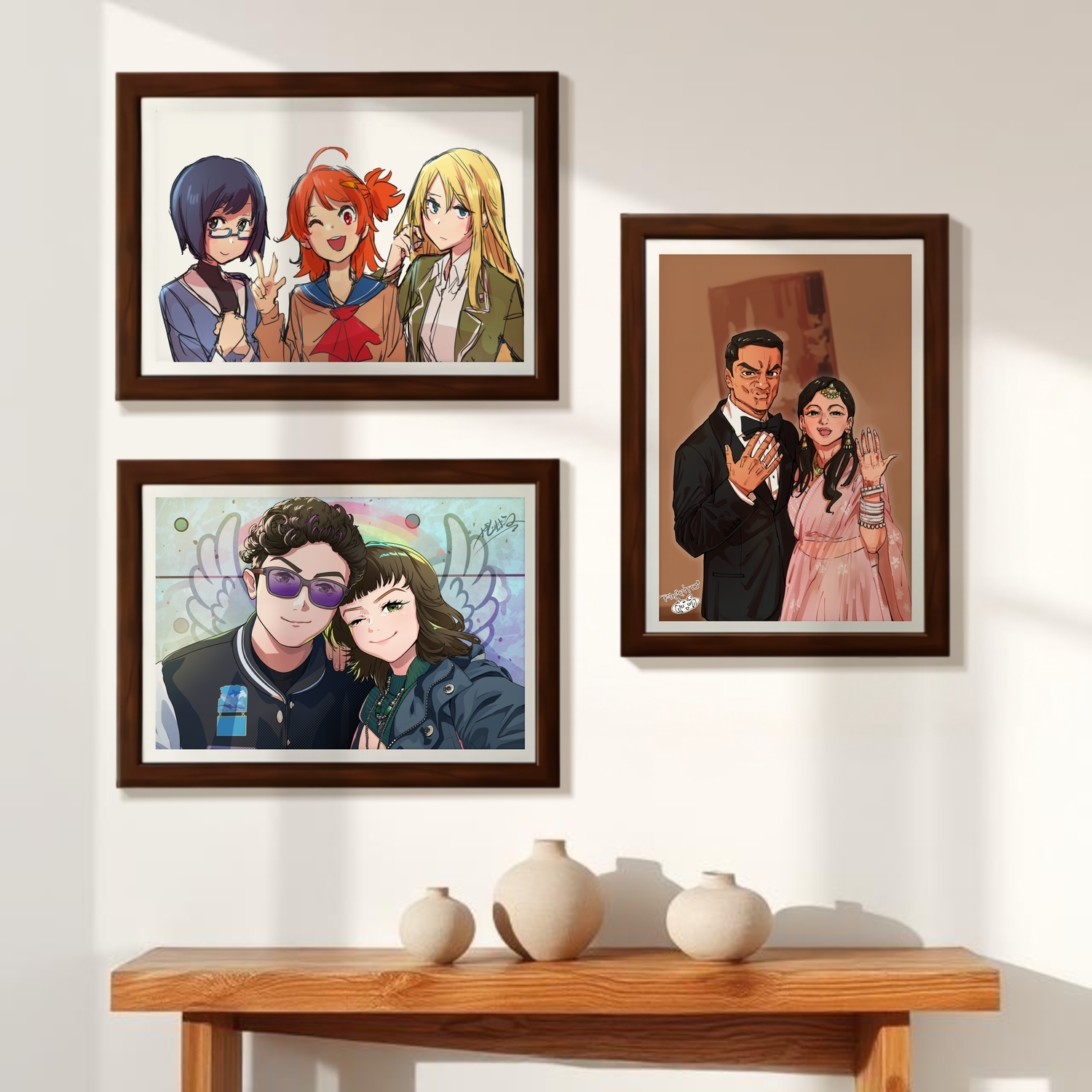
The Local Character Culture of Japan: Exploring the World of "Gotochi" Mascots
Takumi StudiosShare
Japan is well-known for its love of characters, and nowhere is this more evident than in its local towns and prefectures, each of which proudly boasts its own unique mascot. Known as "Gotochi Characters" (ご当地キャラクター), these mascots are more than just fun, colorful figures—they represent the soul and pride of their respective regions, embodying the local culture, food, or historical elements. One of the most famous of these mascots is Kumamon (くまモン), a beloved bear who represents Kumamoto Prefecture and has captured the hearts of Japanese people nationwide.
These charming characters reflect the playful side of Japan’s local communities and are adored not only by children but also by adults, creating a cultural phenomenon that celebrates regional diversity through adorable designs. Let’s dive into the world of Gotochi characters, explore their origins, and see how they have become cultural icons that continue to bring joy and pride to Japan.
1. What Are Gotochi Characters?
Gotochi Characters are mascots that represent cities, prefectures, and even smaller towns across Japan. The word "Gotochi" means "local," and these characters are typically designed to embody the unique traits, history, or food that defines the area. Whether it’s a cute animal, food-themed character, or a historical figure turned into a kawaii (cute) version, these mascots are an integral part of local pride.
Some of the best-known examples include:
- Kumamon (くまモン): The mascot of Kumamoto Prefecture, Kumamon is a black bear with red cheeks, created to promote tourism after the 2011 Kyushu Shinkansen opening. According to The Japan Times, Kumamon quickly became one of the most recognized and beloved mascots in Japan, boosting local tourism and merchandise sales.
- Funassyi (ふなっしー): Representing Funabashi City, Funassyi is an energetic, pear-shaped fairy who won the hearts of fans through its lively personality.
- Bari-san (バリィさん): The mascot of Imabari City, a bird character who wears a boat-shaped hat, referencing the city’s shipbuilding industry.
These characters are not just promotional tools—they often appear at events, in commercials, and even on everyday items like stationery and snacks. They help boost tourism and strengthen the identity of their hometowns.
2. The Cultural Significance of Gotochi Characters
The Japanese people have a deep-rooted love for kawaii (cute) culture, and this is evident in their affection for Gotochi mascots. These mascots create a sense of local pride while also drawing attention to the unique characteristics of each region. Japan’s love for characters extends beyond just brands like Hello Kitty or Pokémon—even local governments use these mascots to promote tourism and drive local economies.
For example, Kumamon has not only helped increase tourism in Kumamoto Prefecture but also generated over 12 billion yen in merchandise sales, according to Nippon.com. Kumamon’s success has inspired other regions to create their own characters, resulting in a fun, competitive market where mascots battle for popularity.
3. Why Japan Loves Mascots So Much
Japanese culture has always had a love for personification. Whether it’s turning animals into characters or anthropomorphizing food and historical figures, Japan excels in bringing inanimate things to life through adorable designs. The love for Gotochi characters ties into the broader kawaii culture in Japan, which emphasizes cuteness as a way to connect with people emotionally.
In local communities, these characters represent more than just marketing—they become symbols of unity, reminding locals of the beauty of their hometowns. Festivals are often held around these mascots, and they frequently appear at schools, hospitals, and local events to engage with the community.
At Takumi Studios, we take inspiration from Japan’s rich character culture, offering custom artwork that embodies the same spirit of playfulness and creativity. Our anime-inspired portraits allow fans to create personalized characters or turn themselves into adorable versions of their favorite mascots. Check out our custom anime portraits here.
4. Gotochi Characters: Bridging the Gap Between Locals and Tourists
One of the most fascinating aspects of the Gotochi mascot phenomenon is its ability to bring locals and tourists together. For travelers, these mascots are an easy and fun way to connect with the culture of the region. Many tourists flock to regions specifically to meet these characters or purchase exclusive merchandise featuring them.
Gotochi characters make cities and prefectures feel welcoming and accessible, offering a window into Japan’s unique blend of tradition and modern pop culture. As noted by GaijinPot, Japan's character culture has become a way for regions to differentiate themselves in a country that values both community and individuality.
Final Thoughts
Japan’s love for Gotochi mascots is a delightful blend of local pride, kawaii culture, and marketing genius. These mascots, from Kumamon to Funassyi, embody the essence of their hometowns while also creating a sense of unity among locals and visitors. Whether you're an anime fan, a lover of Japanese culture, or someone fascinated by Japan’s creative spirit, Gotochi characters offer a glimpse into a unique aspect of Japanese life.
At Takumi Studios, we celebrate this rich character culture by offering personalized anime-inspired art that captures the charm and creativity found in Japan. Explore our custom anime art here.




